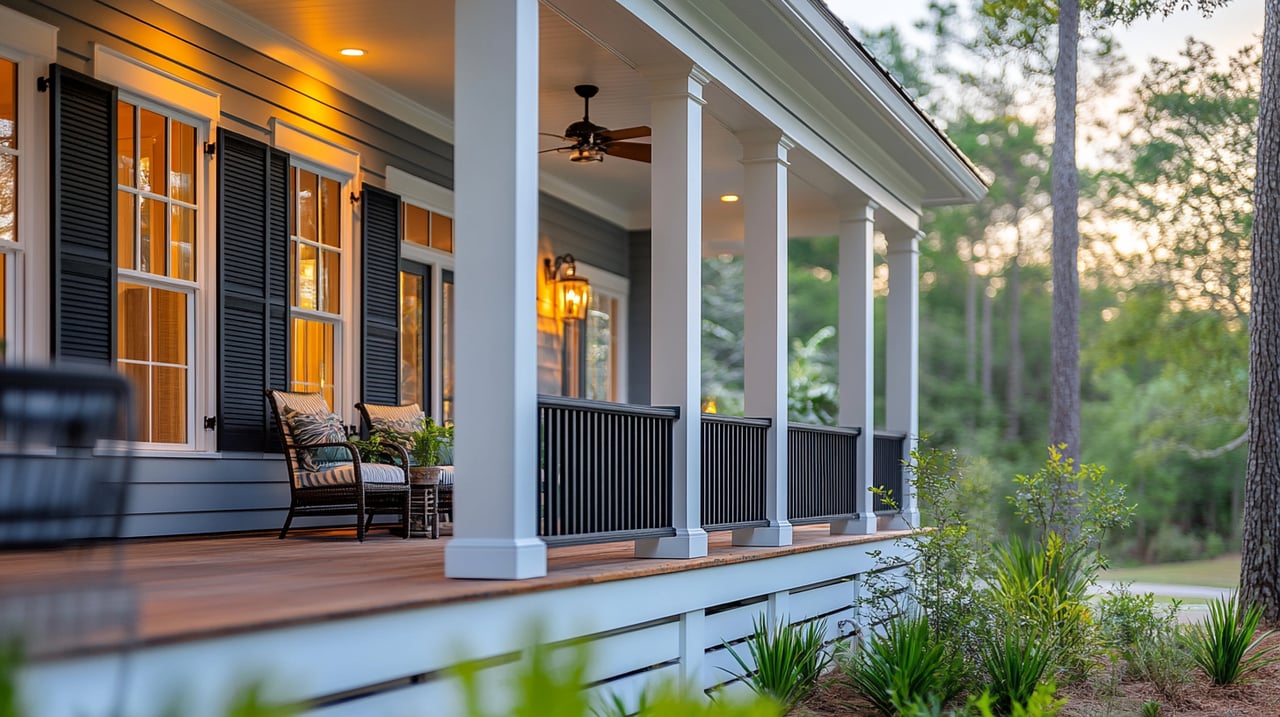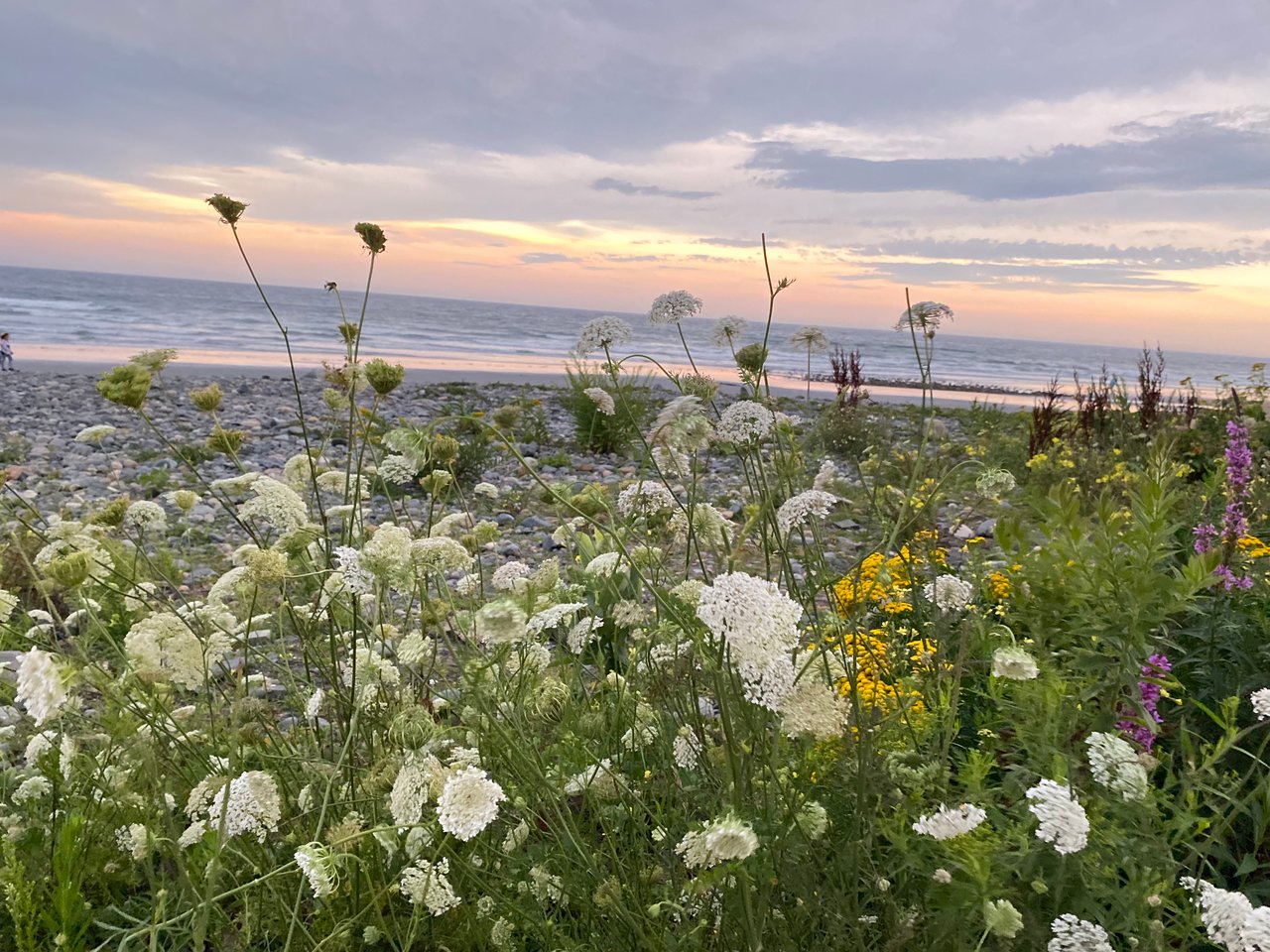
Why Nola & Associates?
Our team leader, Nola Cady, has been licensed in ME & NH since 1984. Her referral-based business is a testimony to her dedication to meeting her client’s goals with compassion and results! She teaches this philosophy and insists on honesty and trust from the agents she chooses as partners.
EDUCATION - Knowledge is power! One of our team’s beliefs is that education is a valuable tool. We continually improve our knowledge base through industry training and personal development.
EXPERIENCE & EXPERTISE - Whether an agent on our team is a new licensee or a seasoned agent, pooling our collection of solutions and collaborating produces winning outcomes for you, our valued client.
COMMITMENT - We are dedicated to a positive outcome for YOU, our client. Our business is built on a steady stream of repeat clients.
TEAM APPROACH - One of the benefits of a team vs. solo agents is that we can provide outstanding coverage, offering flexibility to show properties and assist clients every single day at times that work with the client’s schedule. Together we challenge each other to continue to educate ourselves to share our experiences & problem solving to better serve our trusted clients
RAPPORT - Listening to your goals and needs help us understand your situation and makes us a partner in the outcome of your purchase or the sale of your property.

